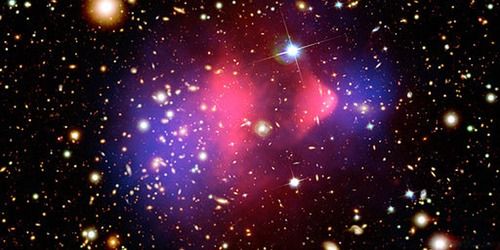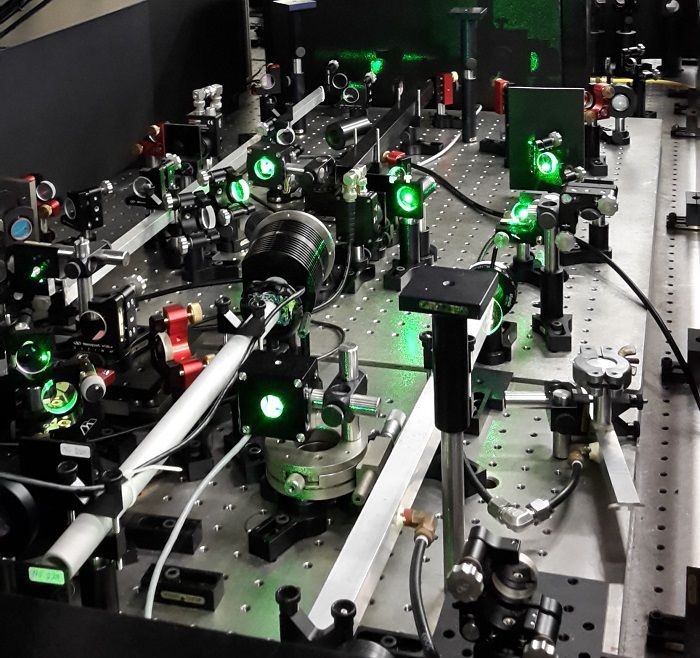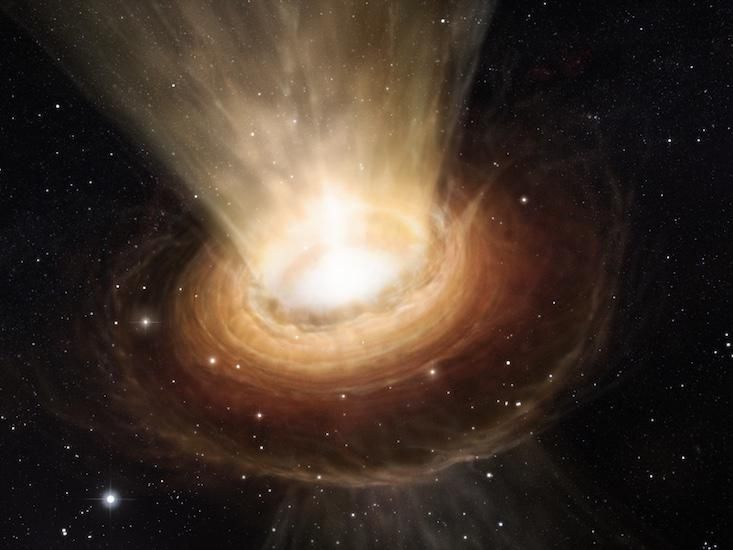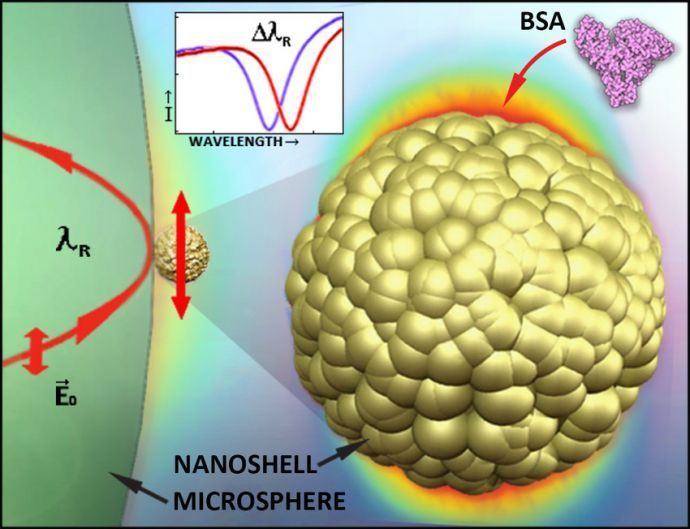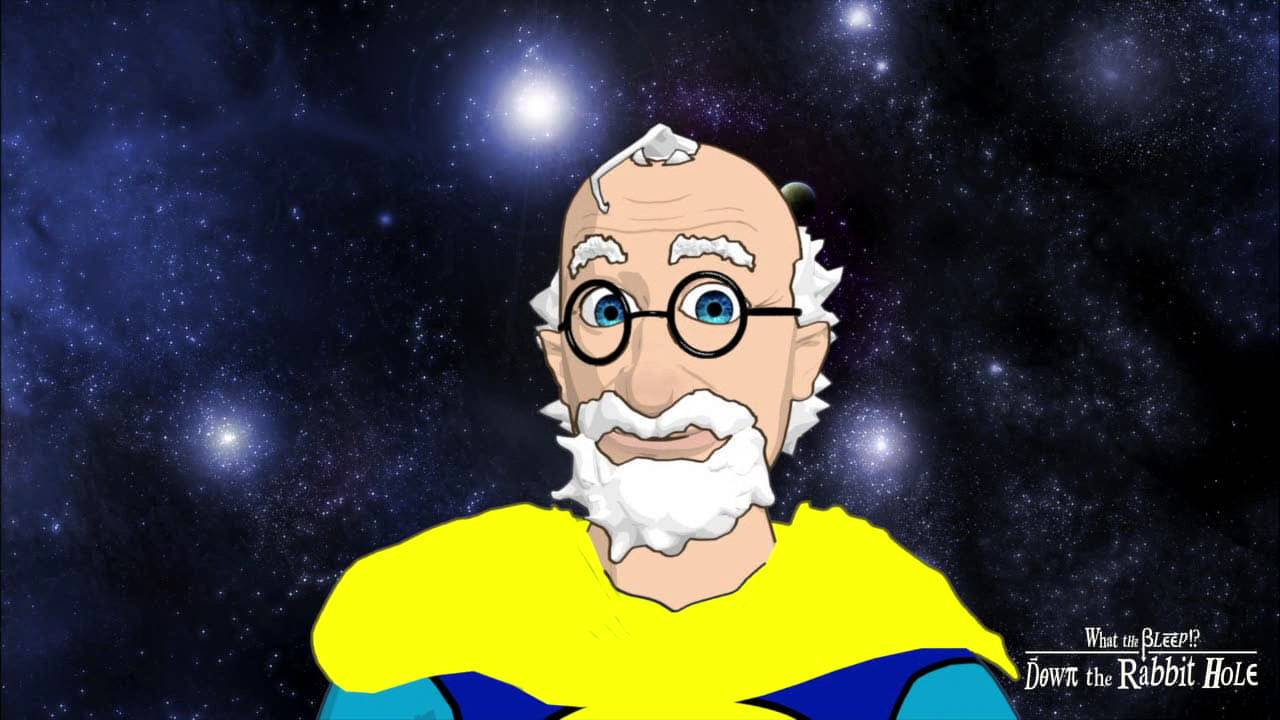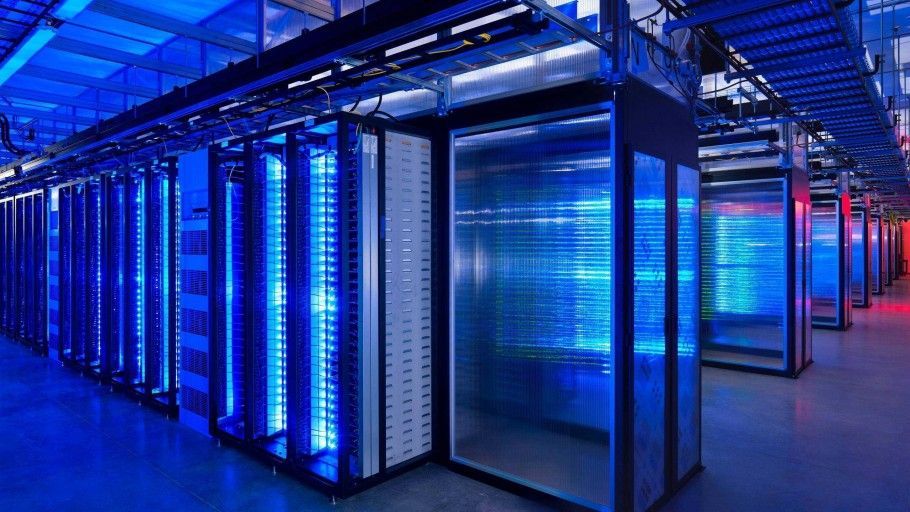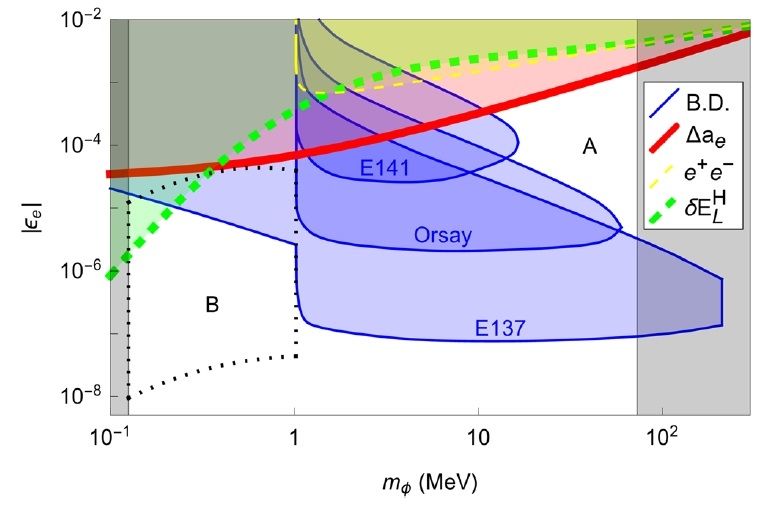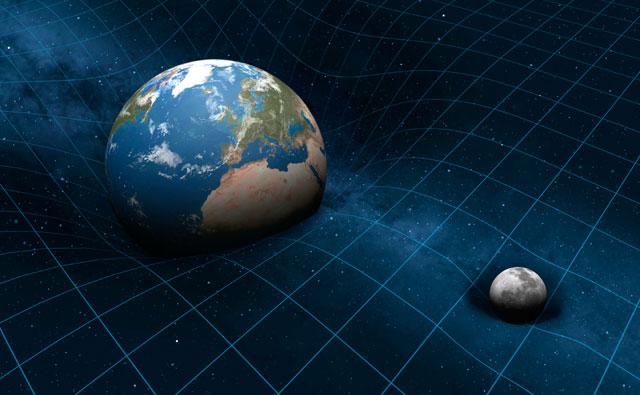Sep 14, 2016
Synopsis: Spotting Dark Matter with Supermaterials
Posted by Andreas Matt in categories: cosmology, particle physics
Superconducting aluminum or superfluid helium could be used to detect superlight dark matter particles.
Dark matter searches repeatedly draw a blank. One possible reason for the failure may be dark matter’s mass: Despite increased sensitivity, current detectors cannot spot the particles that make up this elusive matter if the particles are extremely light. Now Kathryn Zurek from the Lawrence Berkeley National Laboratory, California, and colleagues have come up with two new ideas for making detectors that should be capable of spotting such superlight particles.
In broad strokes, dark matter detectors are designed to operate as follows: Incoming dark matter particles strike the detector, gently nudging nearby atomic nuclei or electrons in the material from which the detector is made. These rare nudges generate small amounts of energy in the form of light or heat, which the detector registers. But the ability to detect particles of a certain mass depends on the properties of the detector material, such as the mass of its nuclei. Current detectors, made from semiconducting materials or liquid xenon, are sensitive only to particles heavier than about 10 million electronvolts.
